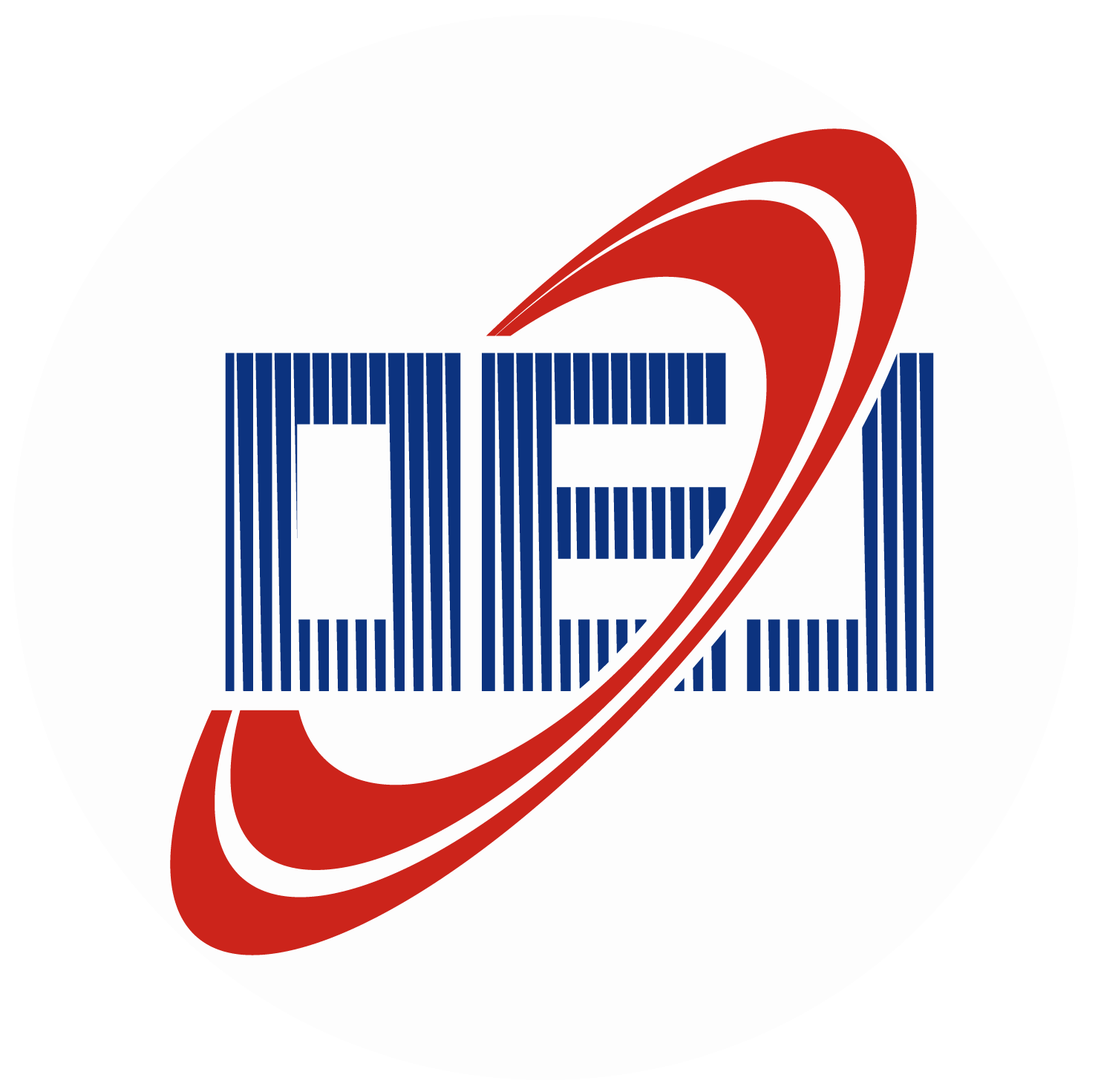Abstract:
In order to reduce the amount of waste metal produced by nuclear power plants, a new technology for clean control or reuse of radioactively contaminated metal components is been studied. In this study, laser composite decontamination technology was proposed for corroded 4140 steel, and compared with dry ice decontamination and laser decontamination alone. By testing the microstructure, composition distribution, metallographic structure, and three-dimensional morphology of the matrix sample, the variation trend of surface roughness and microhardness was analyzed to determine the composite decontamination effect. Finally, the engineering verification was realized in the nuclear power plant. The test and verification results show that the laser composite decontamination technology can completely remove the rust layer on the surface of 4140 steel and obtain the best decontamination effect. Furthermore, it does not affect the composition, microstructure, and mechanical properties of the matrix material. The average amount of sewage on the surface of the contaminated motor impeller after decontamination is less than 0.4 Bq/cm
2, and the surface contact dose rate is less than 40 nSv/h, which meets the clearance level of solid waste in nuclear power plants. Thus, laser composite decontamination technology can provide a new method for decontamination of radioactively contaminated metal components in nuclear power plants and minimize waste.


 E-mail Alert
E-mail Alert RSS
RSS


